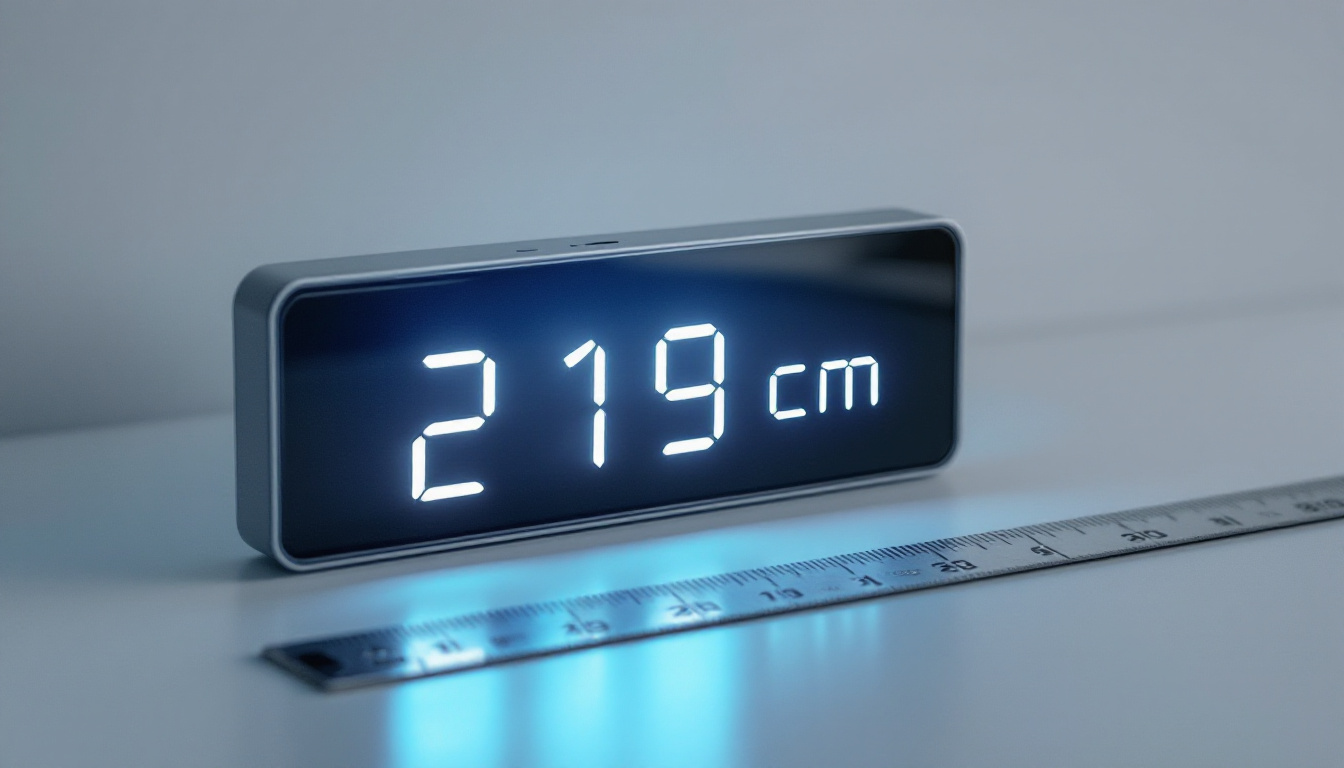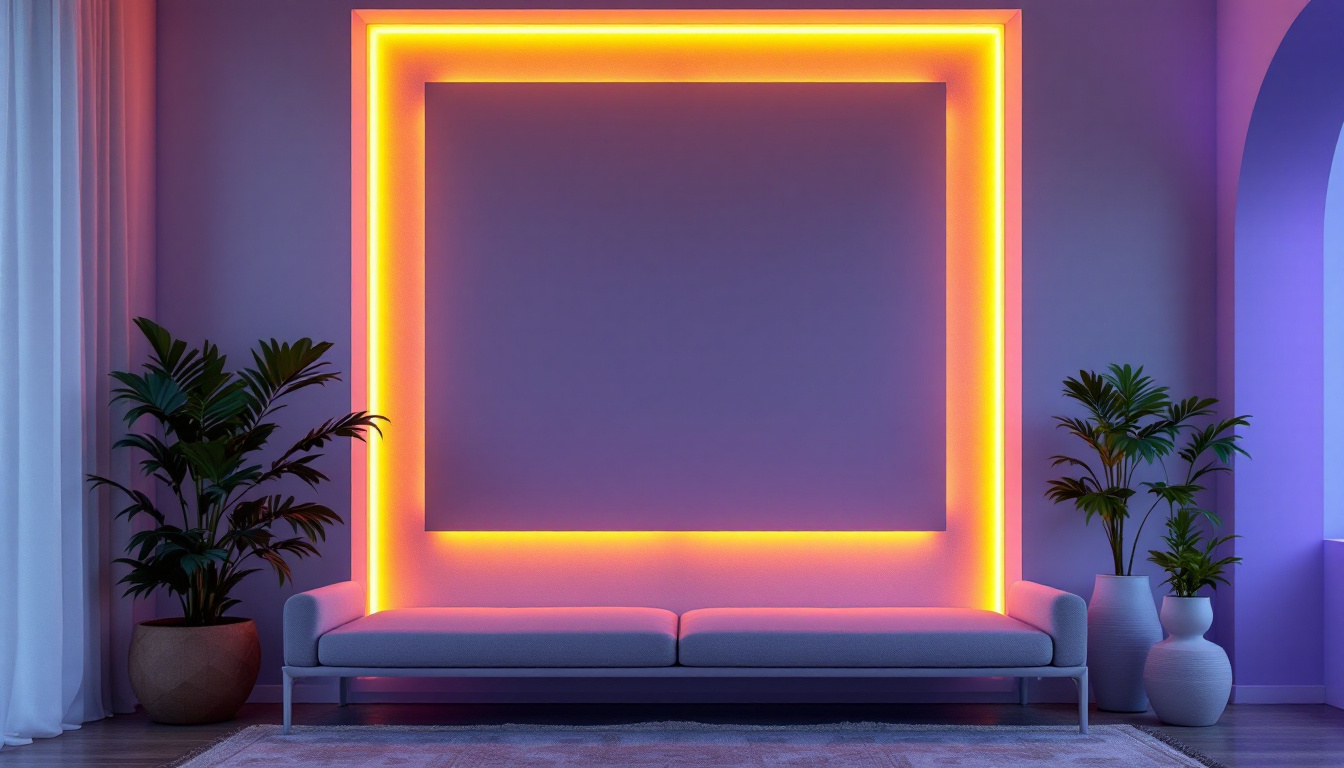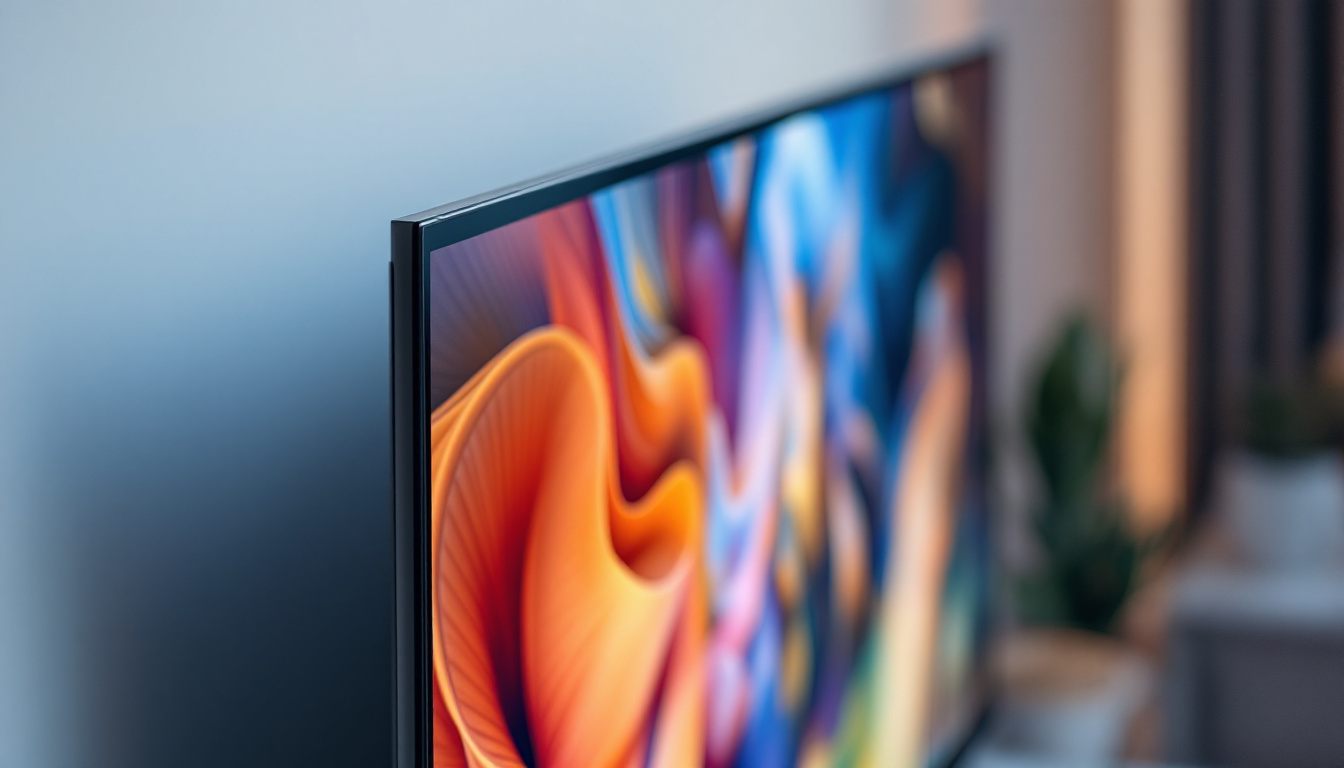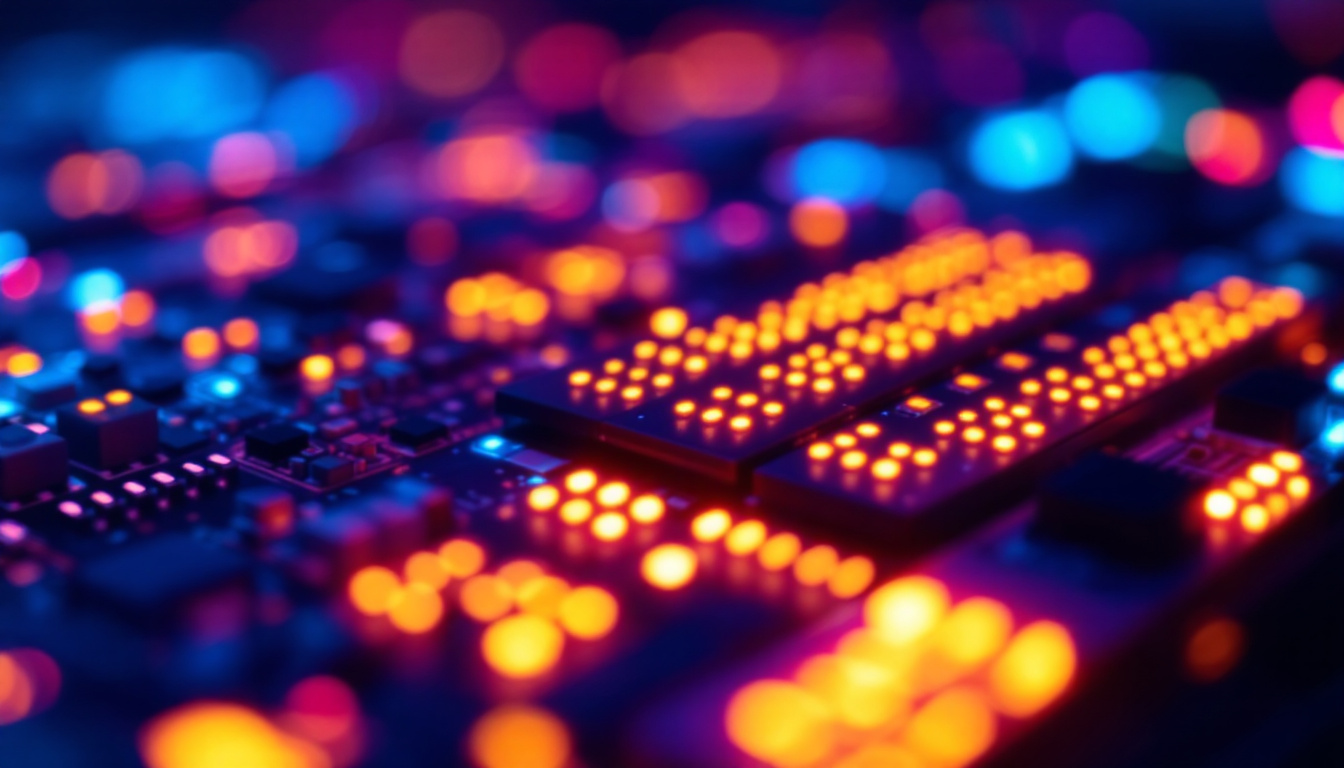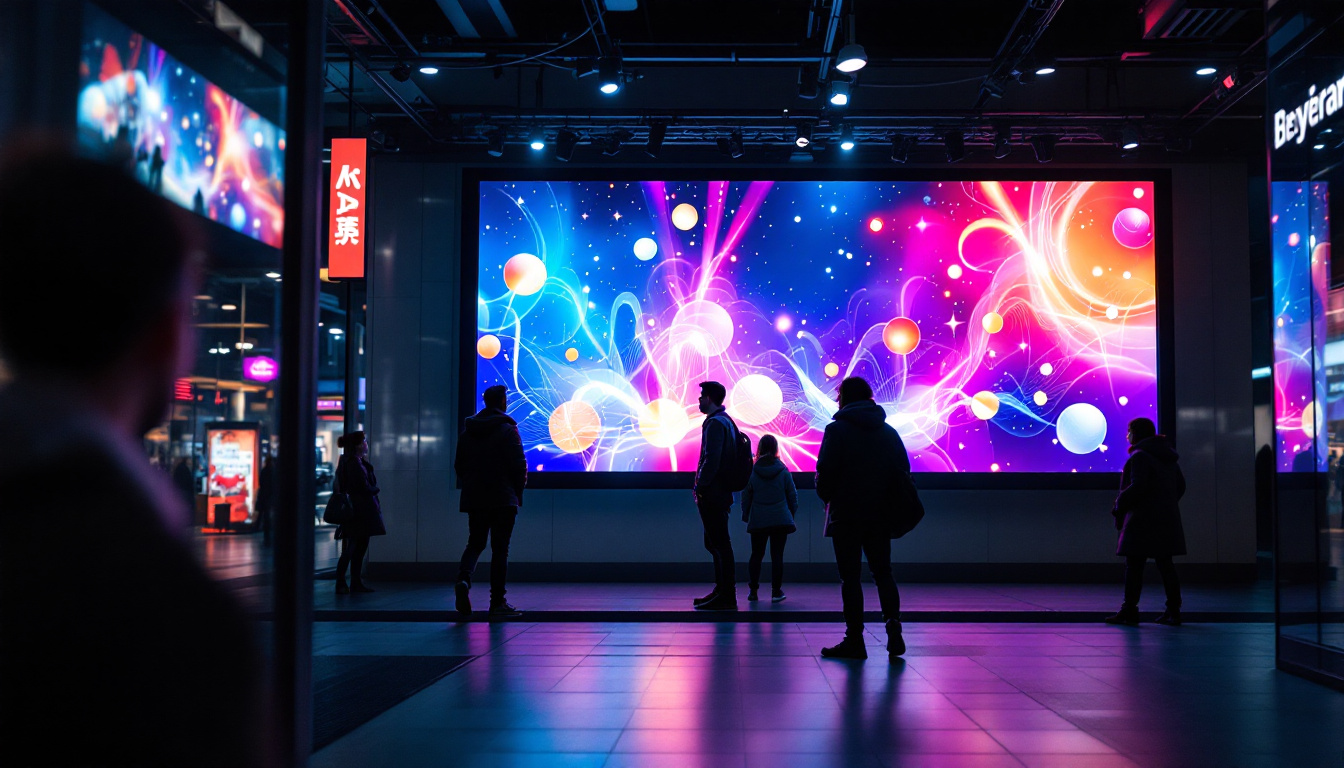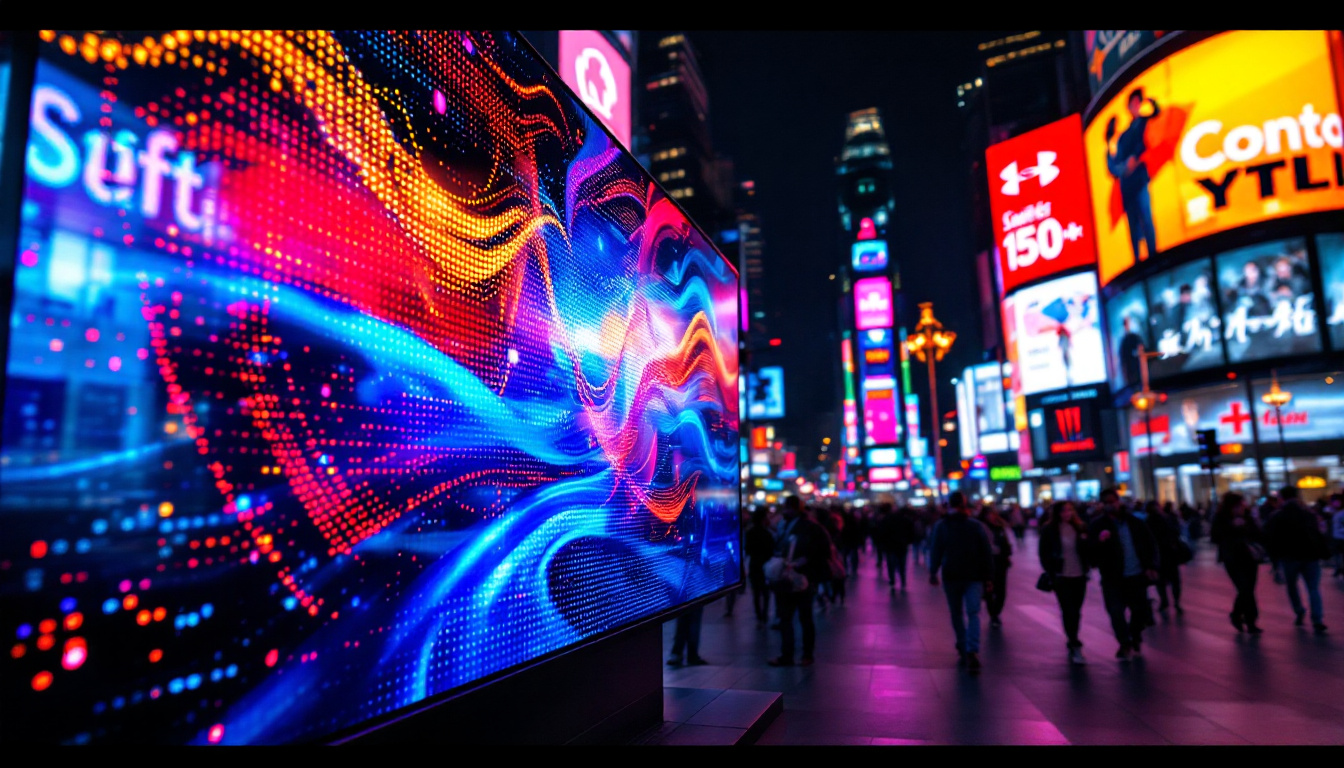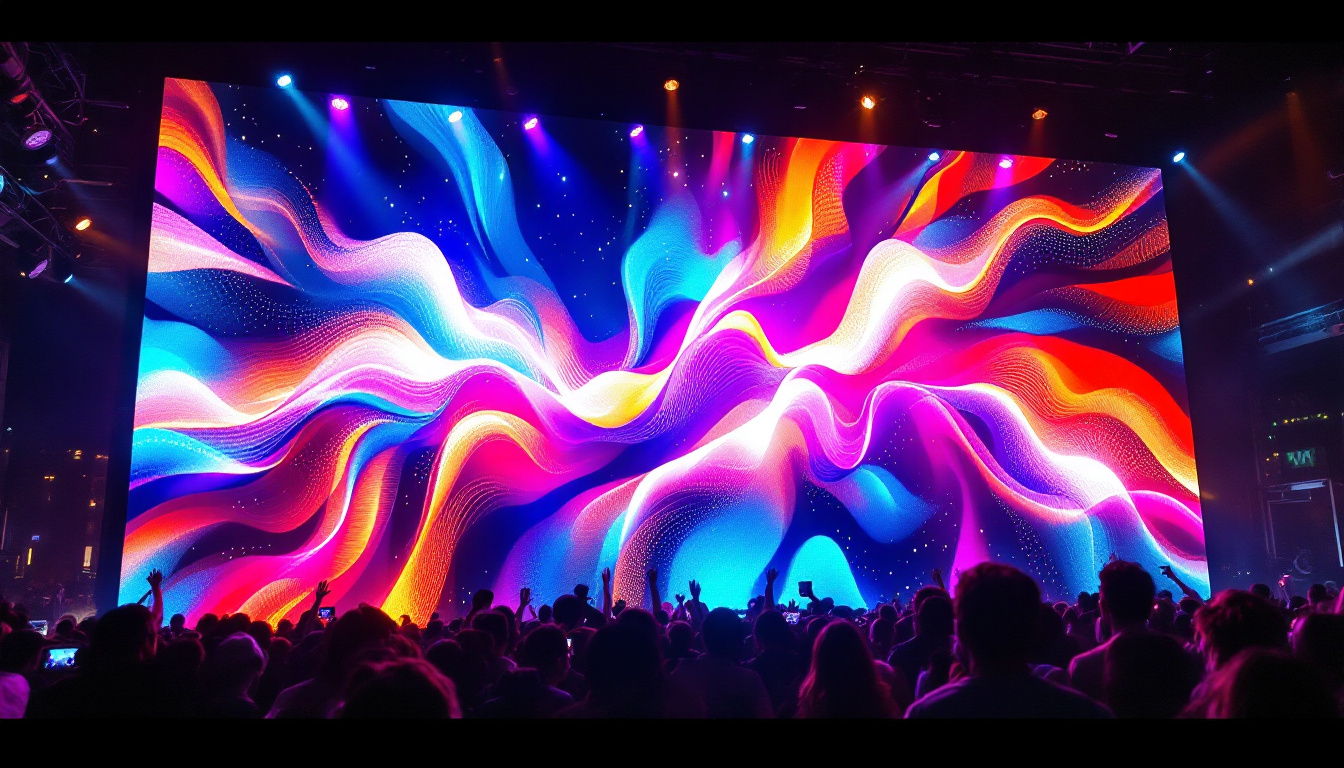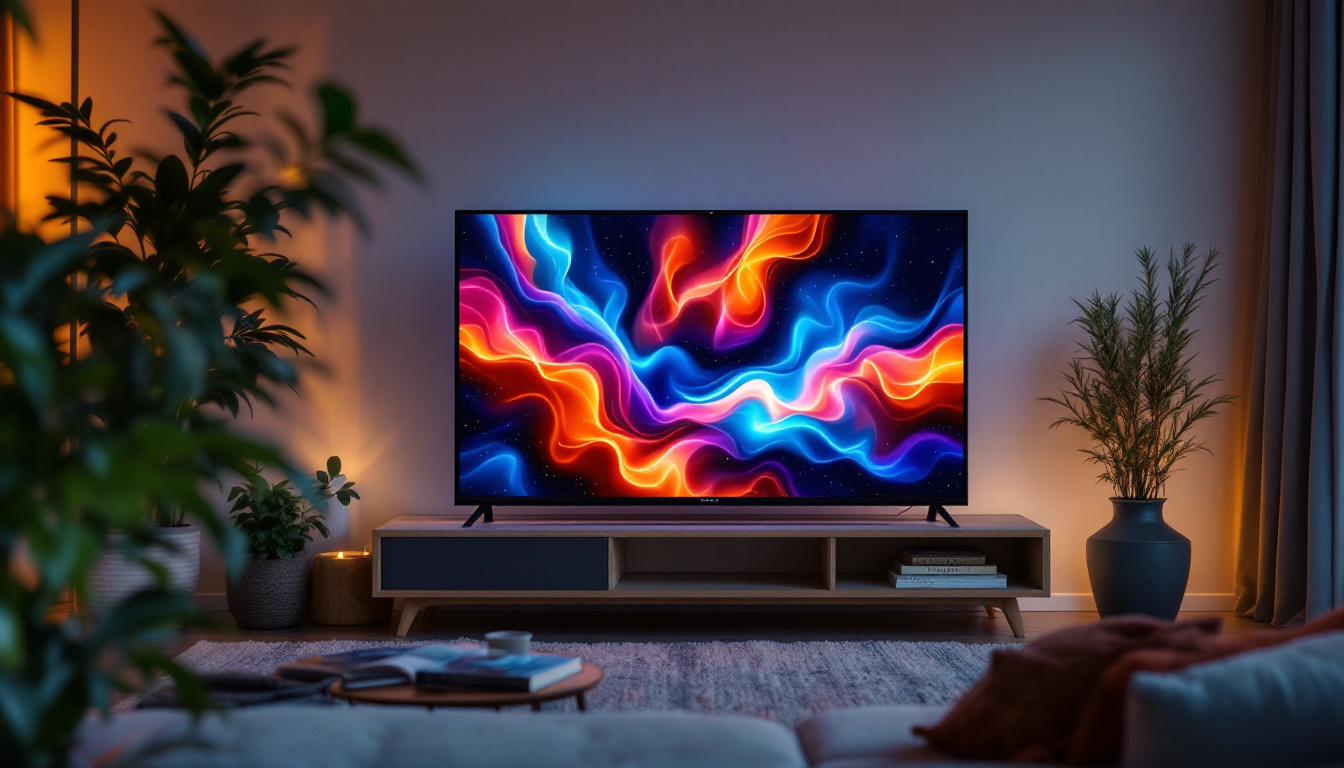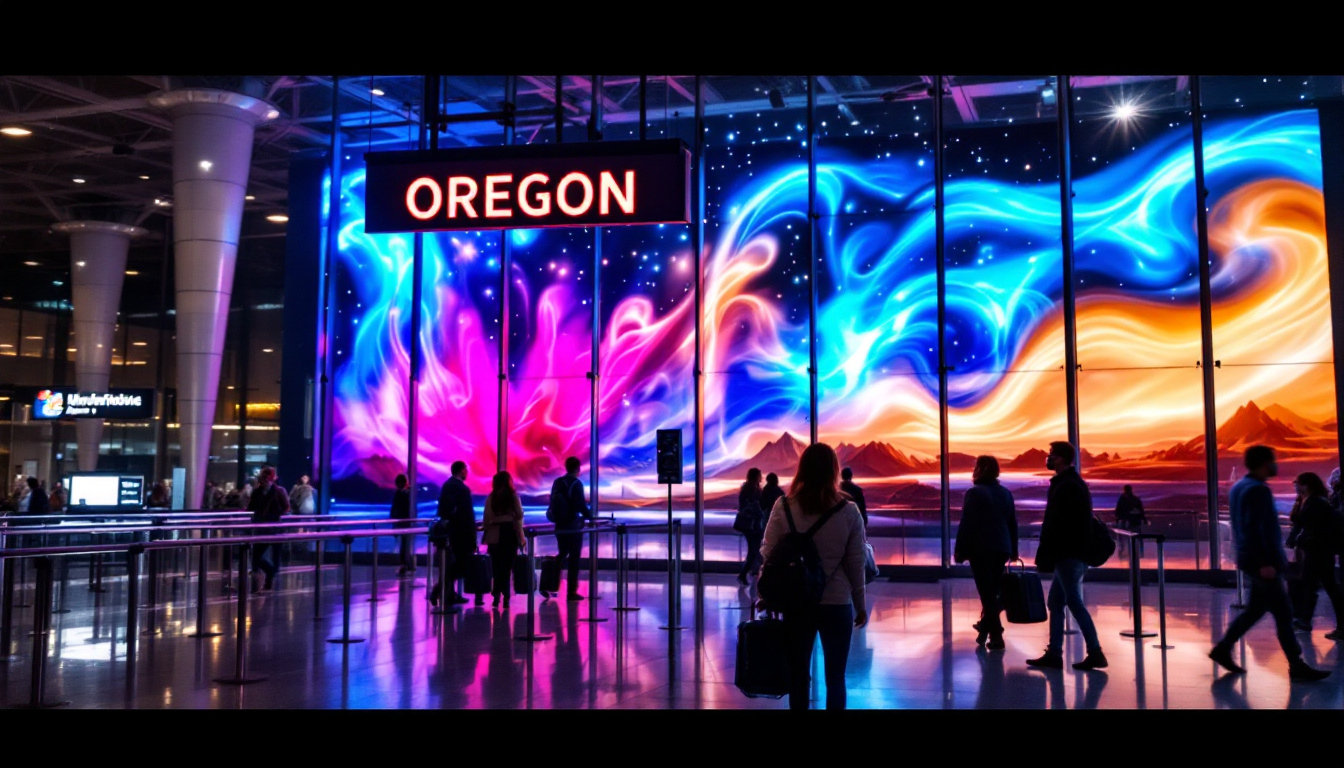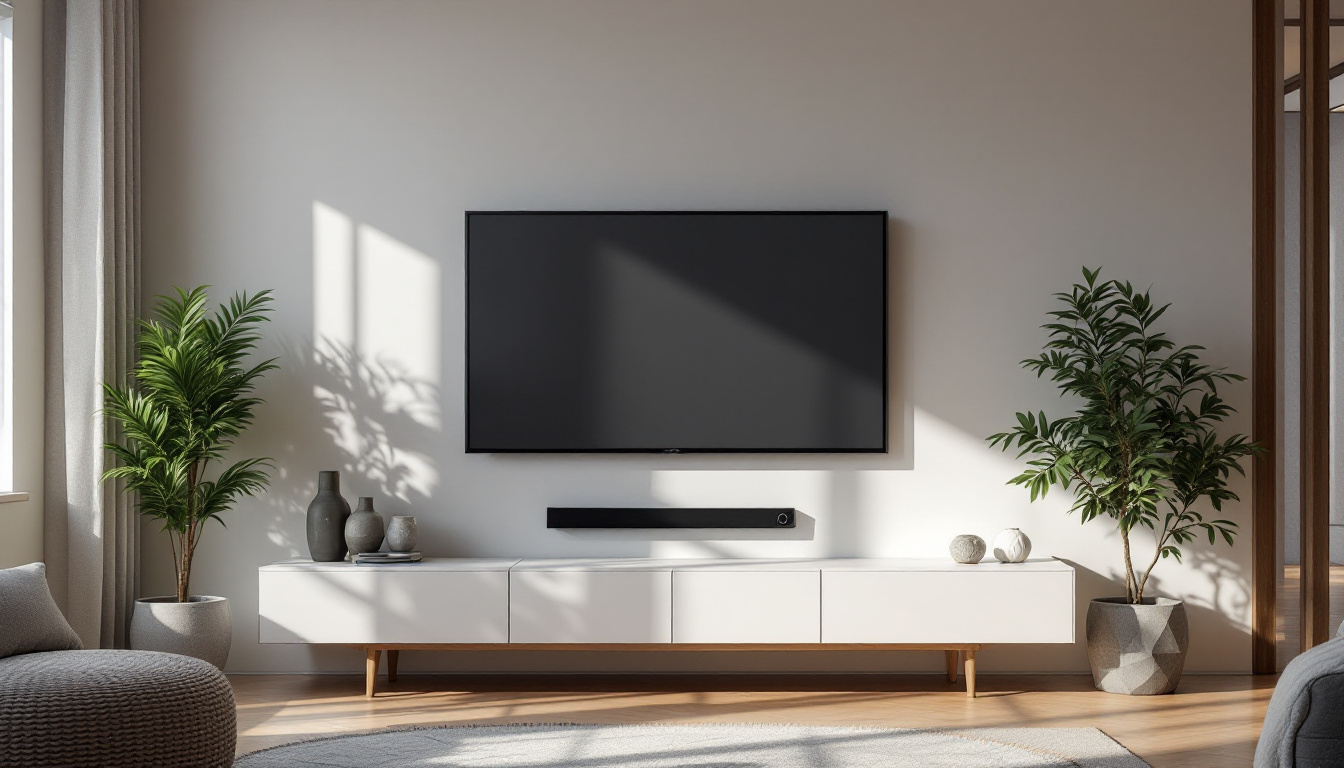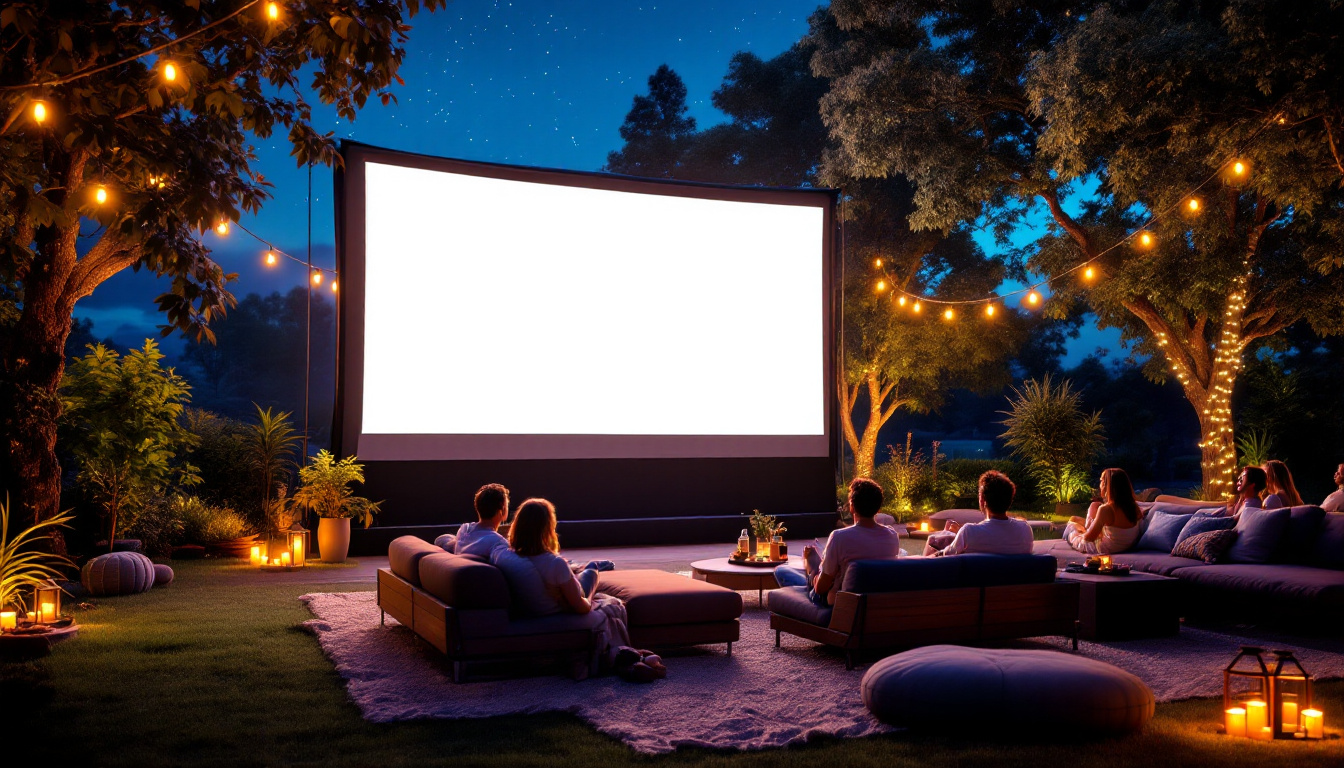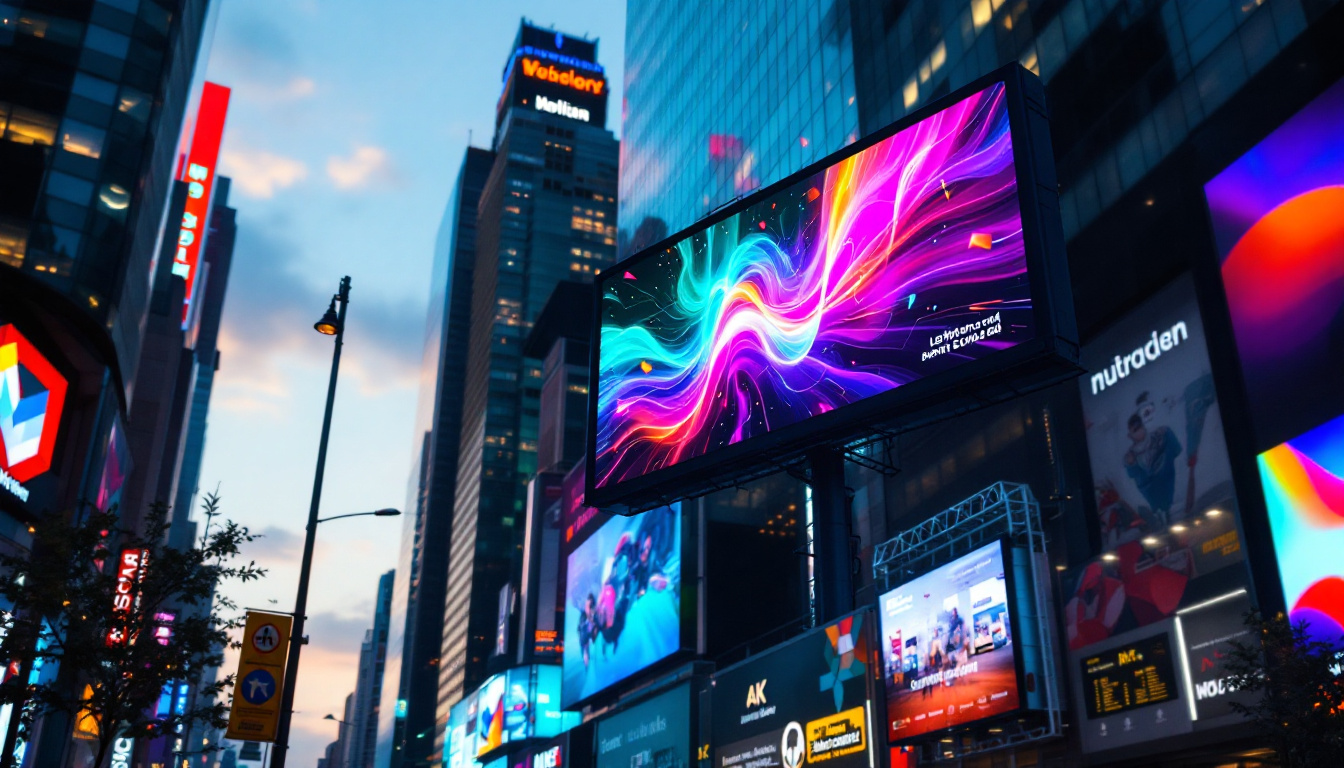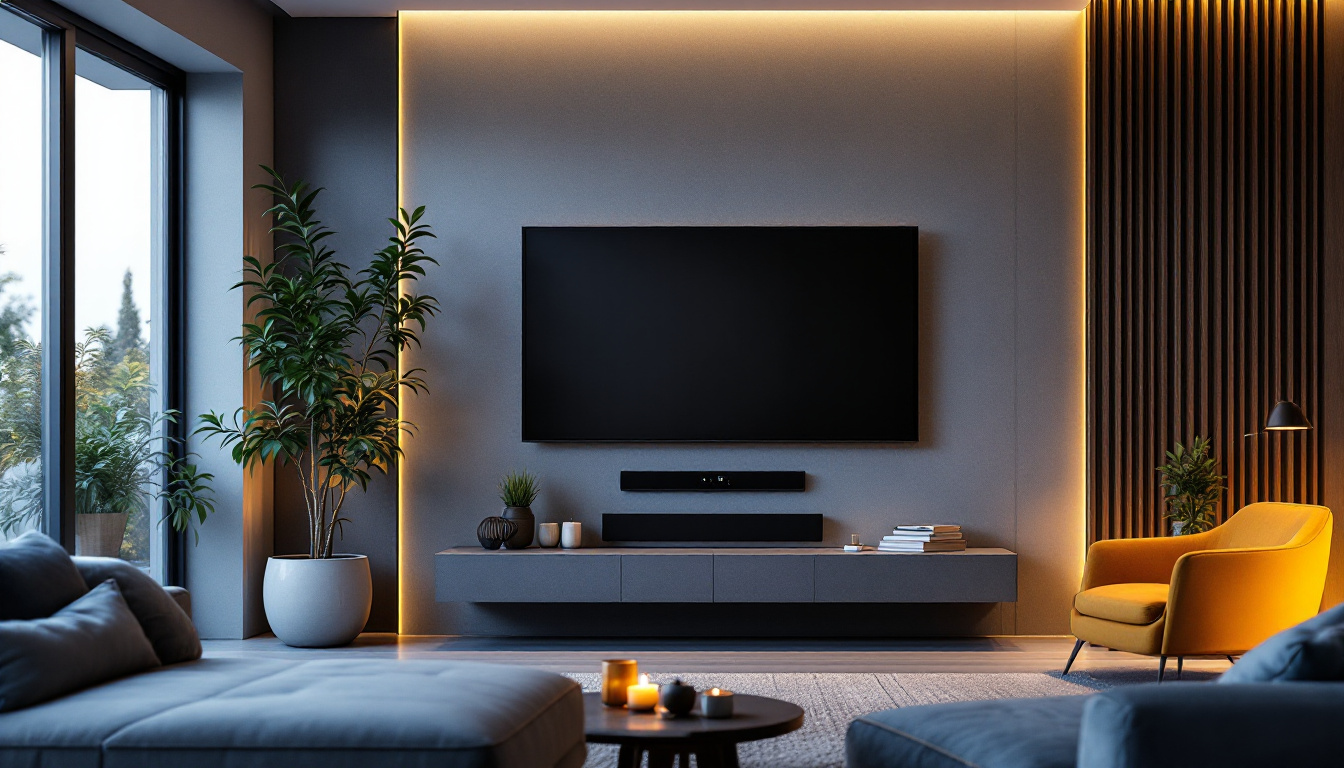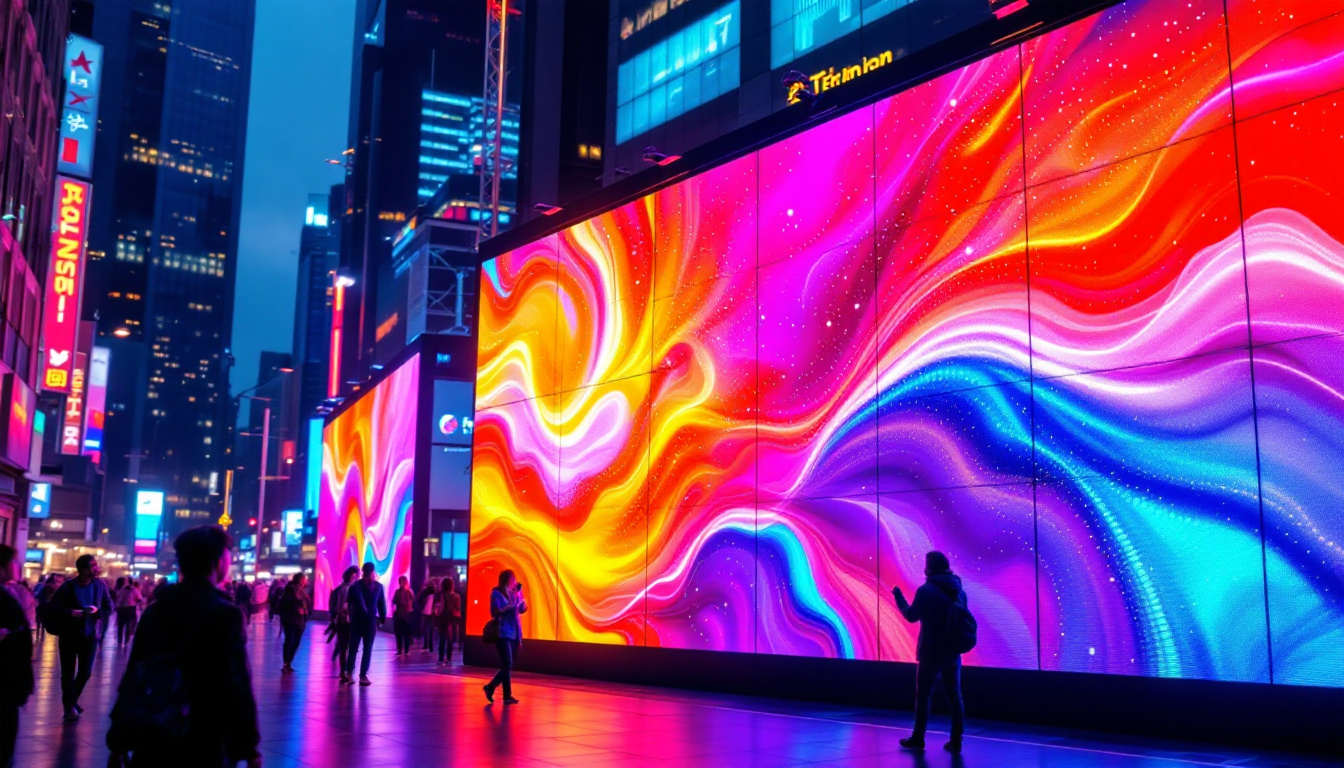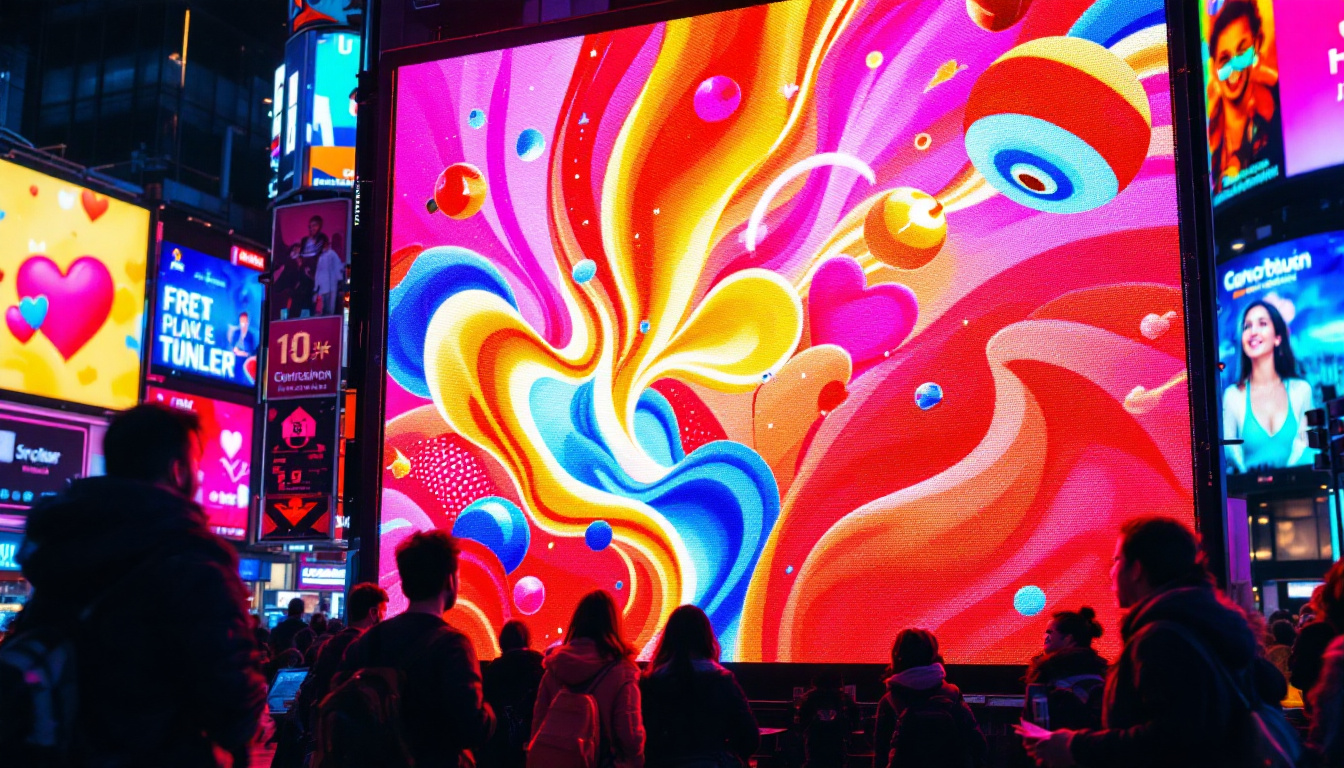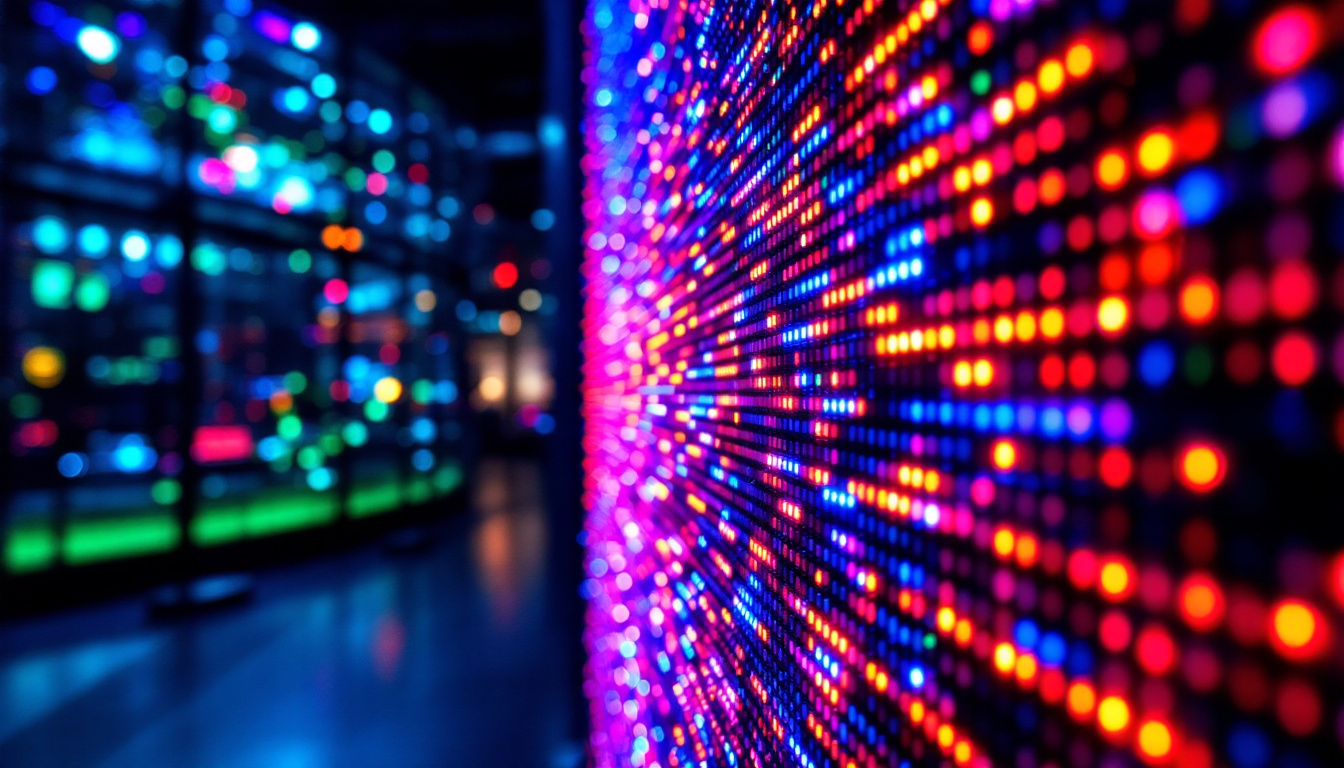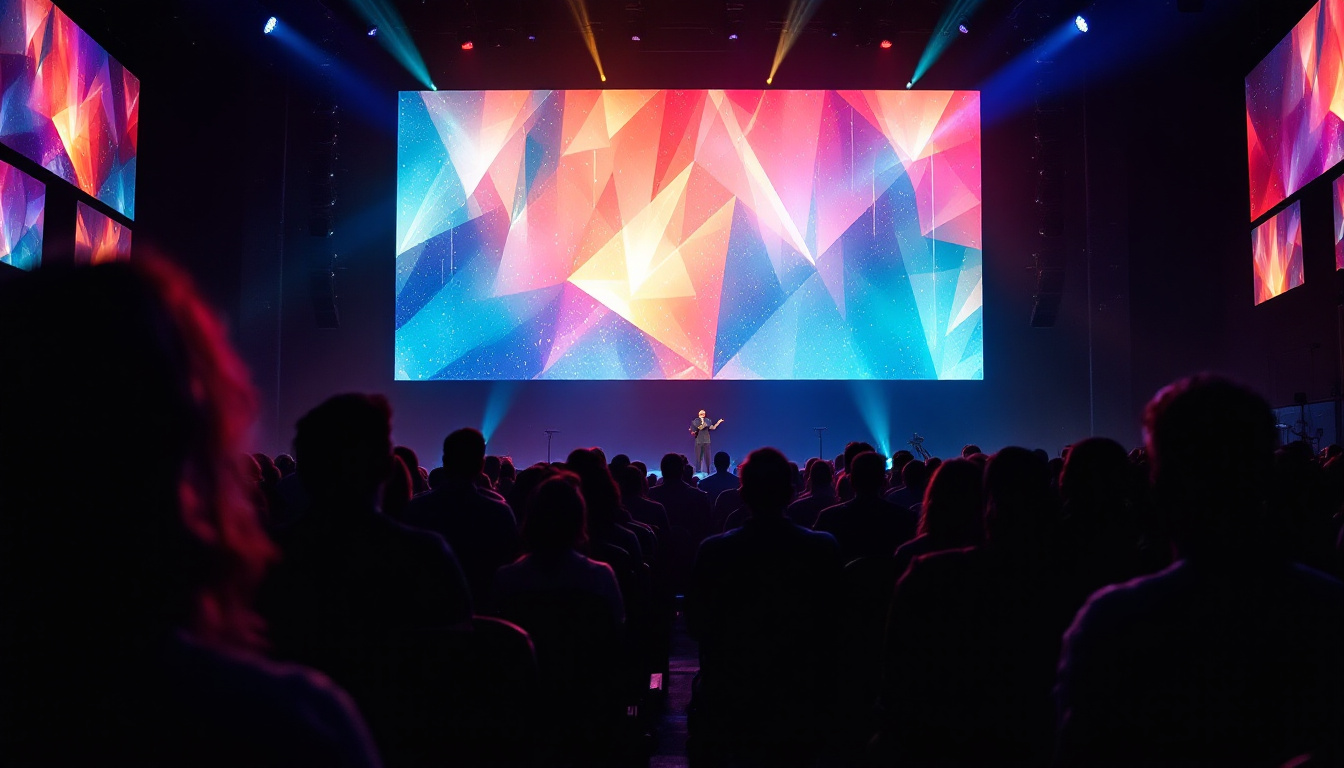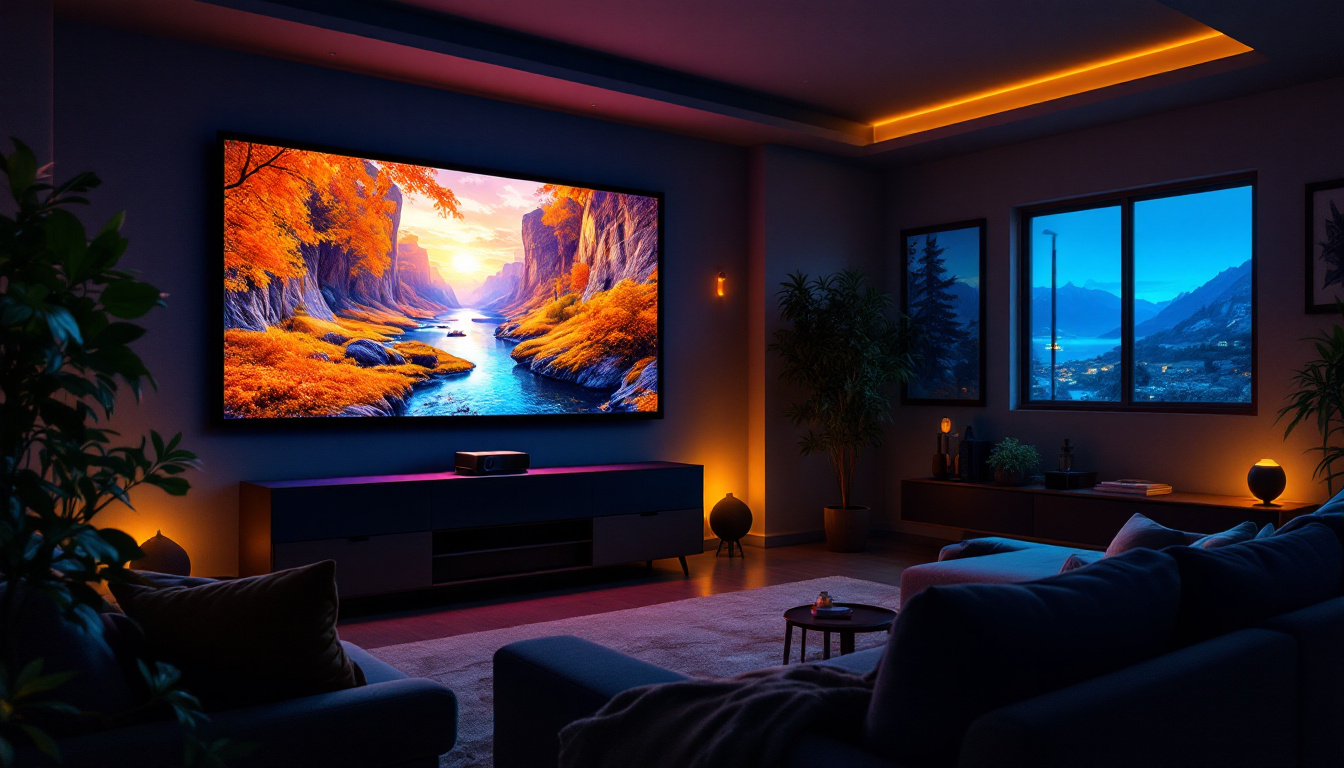Understanding measurements is crucial in various fields, from engineering to interior design. One common conversion that often arises is from centimeters to inches. This article will explore the conversion of 219 centimeters to inches, while also delving into the significance of LED displays in presenting such measurements. By the end, readers will not only grasp the conversion but also appreciate the role of technology in enhancing our understanding of dimensions.
Understanding the Conversion: Centimeters to Inches
To begin, it’s essential to understand the relationship between centimeters and inches. The metric system, which includes centimeters, is widely used around the world, whereas inches are part of the imperial system, primarily used in the United States. The conversion factor between these two units is straightforward: 1 inch is equivalent to 2.54 centimeters.
The Calculation Process
To convert 219 centimeters to inches, the following formula can be applied:
Inches = Centimeters ÷ 2.54
By substituting 219 for centimeters, the calculation becomes:
Inches = 219 ÷ 2.54 ≈ 86.22
Thus, 219 centimeters is approximately 86.22 inches. This conversion is particularly useful in various applications, such as when measuring height, width, or length in different contexts.
Practical Applications of the Conversion
Understanding how to convert centimeters to inches is not just an academic exercise; it has real-world implications. For instance, in the realm of interior design, knowing the dimensions of furniture in both metric and imperial units can help clients visualize space more effectively. Similarly, in fields like engineering and manufacturing, precise measurements are crucial for ensuring that components fit together correctly.
Moreover, athletes often use these conversions when discussing heights and distances in sports. For example, a basketball player’s height might be listed in inches, while their training metrics could be recorded in centimeters. Having a clear understanding of both systems allows for better communication among professionals and enthusiasts alike.
Additionally, the importance of these conversions extends to the world of fashion and textiles. Designers often create patterns and garments using metric measurements, but consumers in the U.S. may prefer to see sizes in inches. This duality can lead to confusion when shopping for clothing online, where accurate size conversions can make or break a sale. For instance, a dress that is 100 centimeters long may seem dauntingly large to someone unfamiliar with metric measurements, but when converted to approximately 39.37 inches, it becomes more relatable.
Furthermore, in the realm of education, teaching students about metric and imperial systems fosters a better understanding of global standards. Many science experiments and projects require precise measurements, and being able to convert between these systems is a valuable skill that can enhance students’ learning experiences. As globalization continues to influence various sectors, the ability to navigate both measurement systems becomes increasingly essential for future professionals across diverse fields.
The Role of LED Displays in Measurement Presentation
LED displays have transformed the way information is presented, including measurements. These digital screens offer clarity, precision, and versatility, making them an ideal choice for various applications. From digital signage to personal devices, LED technology has become ubiquitous in our daily lives.
Advantages of LED Displays
One of the most significant advantages of LED displays is their ability to present information in real-time. For instance, when displaying measurements like 219 cm converted to inches, an LED screen can update dynamically, providing instant feedback. This feature is particularly beneficial in environments where accuracy is paramount, such as laboratories or manufacturing facilities.
Additionally, LED displays are energy-efficient and have a longer lifespan compared to traditional display technologies. This efficiency not only reduces operational costs but also contributes to sustainability efforts, making them a preferred choice for businesses and organizations focused on reducing their carbon footprint. Furthermore, the brightness and contrast of LED displays ensure that information remains visible even in challenging lighting conditions, such as direct sunlight, which is a significant advantage for outdoor applications.
Applications of LED Displays in Measurement
LED displays are widely used in various sectors, including education, healthcare, and retail. In educational settings, for example, teachers can utilize LED screens to display measurement conversions, making it easier for students to grasp complex concepts. In healthcare, LED displays can show patient measurements, such as height and weight, in both metric and imperial units, ensuring clarity for medical professionals. This capability is particularly vital in emergency situations where quick and accurate information can be life-saving.
In retail environments, LED displays often showcase product dimensions, enhancing the shopping experience. Customers can quickly understand the size of an item, whether it’s clothing, furniture, or electronics. This immediate access to information can significantly influence purchasing decisions. Moreover, LED displays can be programmed to highlight promotional measurements, such as discounts based on size or volume, further engaging customers and driving sales. As technology advances, we can expect to see even more innovative uses of LED displays, including interactive screens that allow customers to input their preferences and receive tailored measurement information, creating a more personalized shopping experience.
Exploring the Technology Behind LED Displays
To appreciate the effectiveness of LED displays, it is essential to understand the technology that powers them. LED, or Light Emitting Diode, technology has evolved significantly over the years, leading to enhanced display quality and functionality.
How LED Displays Work
LED displays consist of numerous tiny light-emitting diodes that create images and text. Each diode emits light when an electric current passes through it. By combining red, green, and blue LEDs, a wide spectrum of colors can be produced, allowing for vibrant and dynamic displays.
The resolution of an LED display is determined by the number of pixels it contains. Higher resolution displays have more pixels, resulting in sharper images and clearer text. This quality is crucial when displaying detailed information, such as conversion measurements, where clarity is essential. Additionally, the pixel pitch, which refers to the distance between the centers of two adjacent pixels, plays a significant role in determining how close viewers can be to the display without noticing the individual pixels. A smaller pixel pitch results in a more detailed image, making it ideal for applications where viewers are in close proximity, such as in retail environments or control rooms.
Future Trends in LED Display Technology
The future of LED display technology looks promising, with advancements continually emerging. Innovations such as flexible displays and transparent screens are on the horizon, allowing for even more creative applications. These developments could revolutionize how measurements and other information are presented, making them more interactive and engaging. For instance, flexible displays could be used in wearable technology or curved surfaces, enabling a seamless integration of information into everyday objects. Transparent screens could lead to new advertising formats, where digital content overlays the physical world, enhancing the consumer experience in retail spaces.
Moreover, as the demand for smart technology grows, integrating LED displays with IoT (Internet of Things) devices is becoming more common. This integration allows for real-time data updates and enhanced user experiences, further solidifying the role of LED displays in modern communication. Imagine a scenario where an LED display in a smart home not only shows the weather but also adjusts its brightness based on the time of day or the ambient light in the room. Such capabilities not only improve functionality but also contribute to energy efficiency. Furthermore, advancements in AI-driven content management systems are enabling LED displays to adapt their messaging based on audience demographics and behavior, making advertising more targeted and effective than ever before.
Conclusion: The Intersection of Measurement and Technology
In conclusion, the conversion of 219 centimeters to inches is a simple yet essential task that highlights the importance of understanding different measurement systems. The application of this knowledge is vast, impacting various fields and industries.
Moreover, the role of LED displays in presenting measurements cannot be overstated. These displays not only enhance clarity and accessibility but also embody the advancements in technology that facilitate better communication and understanding. As technology continues to evolve, the integration of measurement and display will undoubtedly become even more seamless, offering new opportunities for innovation and efficiency.
Ultimately, whether in a classroom, a professional setting, or everyday life, grasping the nuances of measurement conversions and the technology that supports them is vital for effective communication and understanding in our increasingly interconnected world.
Discover the Future of Visual Communication with LumenMatrix
As you’ve seen, the precision of measurements and the clarity of their display are integral to a multitude of industries. Embrace the future of visual communication with LumenMatrix, a pioneer in LED display technology. Our extensive range of solutions, including Indoor and Outdoor LED Wall Displays, Vehicle LED Displays, LED Poster Displays, LED Sports Displays, Floor LED Displays, Custom LED Displays, All-in-One LED Displays, and LED Transparent Displays, are designed to elevate your brand’s visibility and captivate your audience. Experience the revolution in digital signage and take the first step towards transforming your visual engagement. Check out LumenMatrix LED Display Solutions today and see your message come to life with unparalleled impact and clarity.

